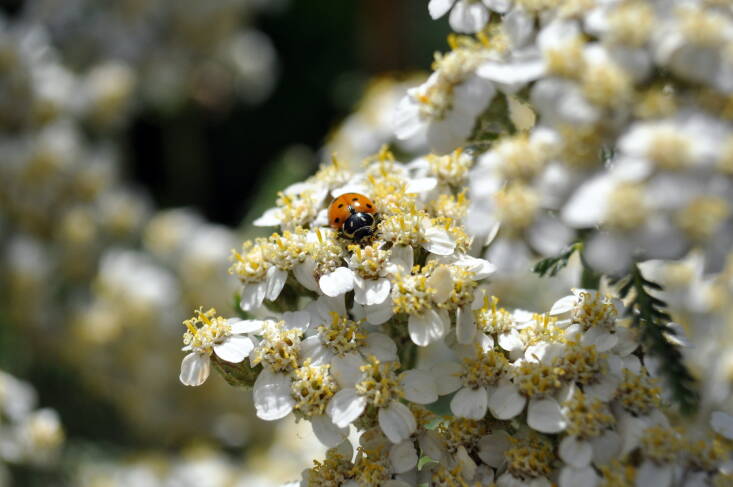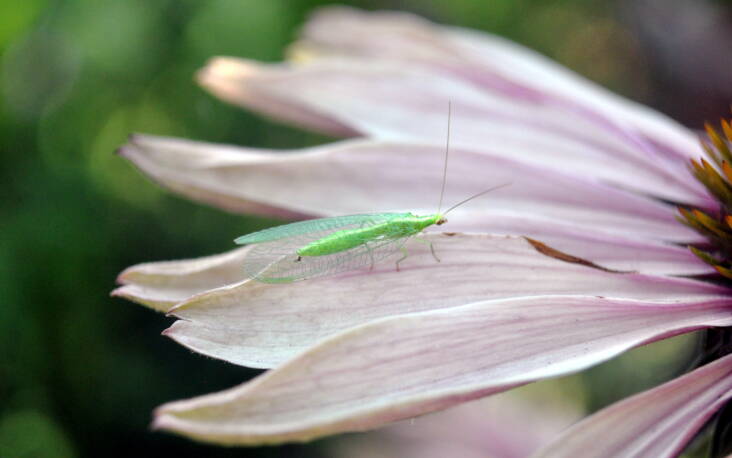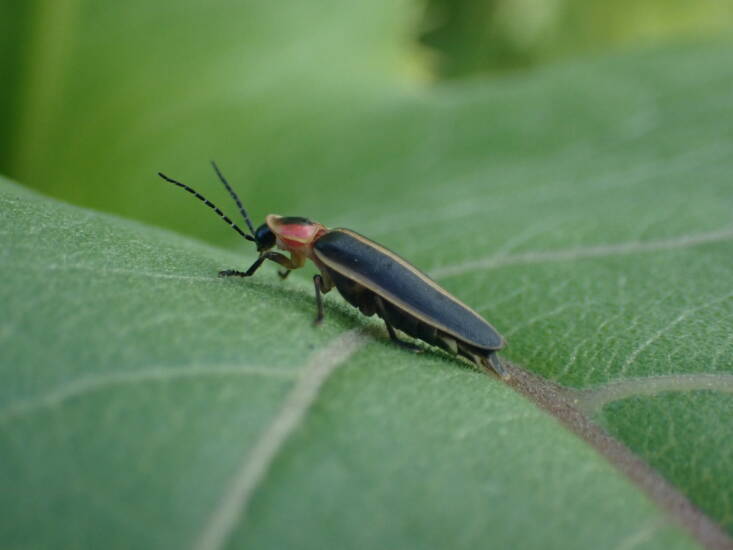I have actually constantly been amazed by pests. When I was little bit, my dad utilized to take us on nature strolls with our butterfly internet, gathering containers, amplifying glasses, and manuals to find out about the pests in our location. I instantly fell for all things invertebrate– rainbowlike beetles, camouflaged strolling sticks (they appear like branches!), buzzy cicadas, and particularly butterflies: their fleshy caterpillars, the complex patterns and colors on their wings, and the method they fluttered from wildflower to wildflower. My type of paradise.
It wasn’t till later on that I found out the vital function pests play in the planetary environment as pollinators and suppliers of seeds. Without them, life as we understand it would not exist. However pests, like birds, are suffering record decreases due in big part to environment loss, pesticide usage, and environment modification. I wish to do what I can to assist these animals who have actually amazed me considering that I was a kid, so I connected to Matthew Shepherd, conservationist and director of outreach and education at the Xerces Society, to get more information about a few of the fantastic pests we can discover in our gardens and what all of us can do assist them. Here’s what he stated:
Q: What are “useful pests”?
A: The term useful pests is utilized explain a specific group of pests that is in some way helpful to us. Normally, we’re discussing insect control for our farms or our gardens. However there are a lot of other pests that we’re not seeing that bring advantages to us, like those that break down plants (like eliminating leaves) or deal with dead animals and all that type of things. Here are some terrific beneficials to watch out for:

Girl beetles. The very first one we think about when we speak about useful pests is the native woman beetle. They do not sting or damage people, and they are fantastic predators in both their adult and larvae types, particularly of aphids and scale pests. They’re not to be puzzled with the various colored woman beetle, which is foreign and overwinters in protected locations like our houses. You will not discover the native types in your houses.

Lacewings. All pests are gorgeous to me, however lacewings are especially appealing. They have transparent wings with such a great pattern on them and metal, golden eyes. They’ll chomp their method through aphids, mealy bugs, and caterpillars. Their larvae appear like small little crocodiles with jaws that are type of curved like a sickle on each side. They virtually inhale their victim. They’re just about a half-inch long and will run around your hand without hurting you, however beware if you’re an aphid.

Fireflies. We tend to think about fireflies simply as a stunning and wonderful part of summertime nights. However they are likewise savage predators. They’ll consume soft-bodied pests and even earthworms and slugs. Provide inviting locations to reside in your backyard. [To learn more about firefly conservation, click here]
.